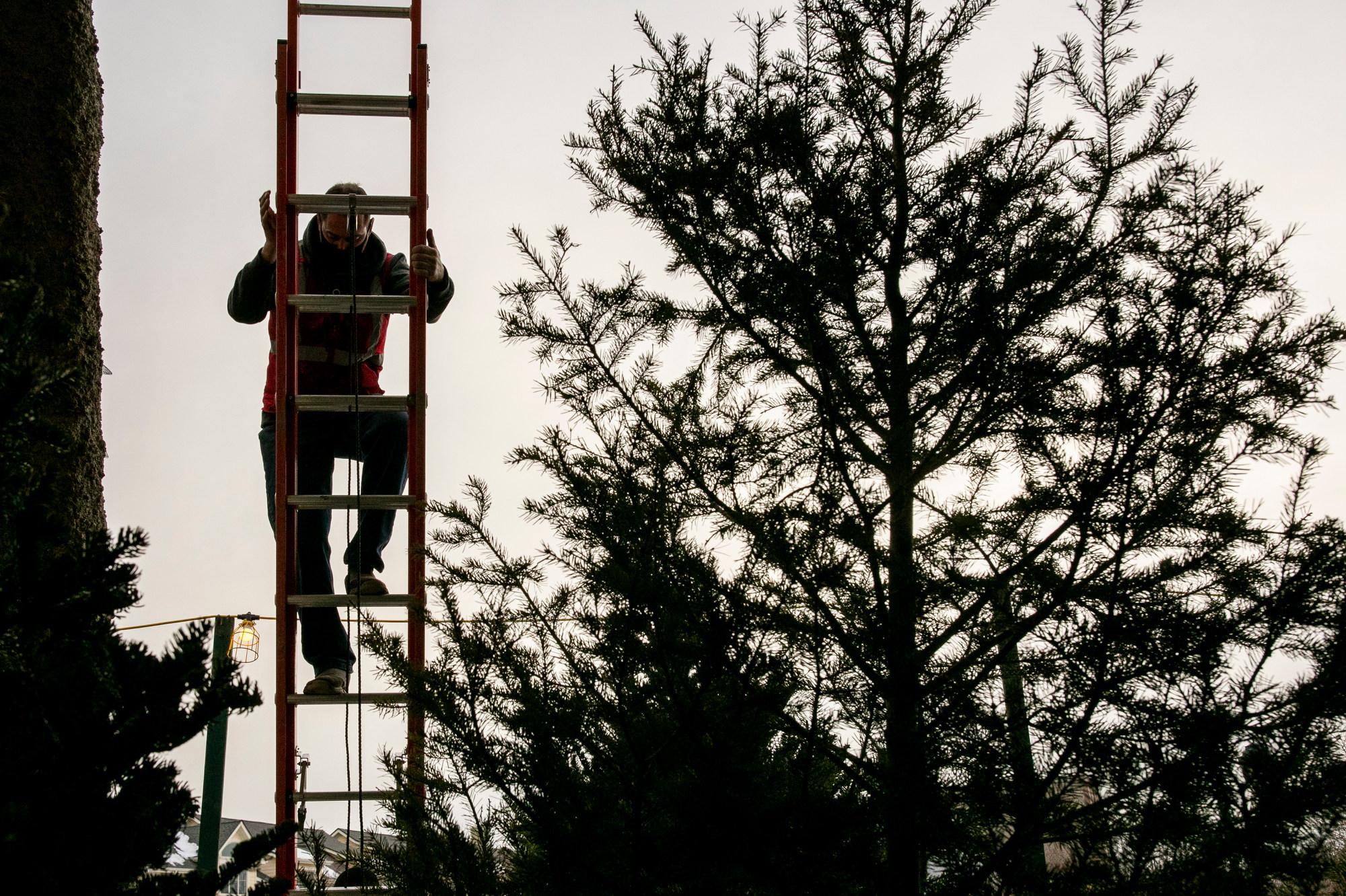
Colorado’s economy is expected to rebound more quickly than previously forecast, giving lawmakers more money to spend on government programs in 2021 — but the recovery will be uneven, the next few months could go badly, and the scars on public spending and people’s lives will last much longer.
That was the message from two groups of government economists on Friday morning.
“While many households and businesses have recovered to pre-pandemic levels, others continue to get hit extremely hard in this K-shaped recovery,” said Kate Watkins, chief economist for the Colorado Legislative Council.
The “K-shaped recovery” refers to the way that wealthier people’s fortunes have rebounded while the pain continues for people in low-wage jobs from retail to entertainment and hospitality.
Short-term improvements
The forecasts — which shape government spending decisions — have steadily improved over recent months. But the economists warned that while tax revenues may soon recover to pre-pandemic levels, the setback will make it harder to keep pace with the long-term demands of population growth and inflation.
“We’re seeing the economy performing better than expected ... but we’re still seeing a structural deficit, an operating deficit, where there’s still a difference between annual revenues and operating expenses in the future” said Lauren Larson, the governor’s budget director.
Still, the new forecasts give lawmakers more breathing room with the state’s budget in the near term. In the early stages of the pandemic, the forecasters expected a much longer, deeper downturn. Those fears forced lawmakers to prepare for the worst and significantly cut the state’s budget.
As the months passed, two things became apparent: The economy was doing better before the pandemic than economists realized; and tax collections haven’t dropped as sharply as feared during the pandemic.
The legislature’s forecast now says that the state’s general fund revenue — which is supplied by income and sales taxes — will contract by 5.6 percent in the current fiscal year, and then grow by 8.1 percent for the fiscal year that begins in July 2021. The figures from the governor’s team are somewhat more optimistic.
An inequitable recovery
But the recovery in government revenues doesn’t mean that the economy is healthy. Instead, it has been powered by income taxes paid by higher-income workers — a reflection of the relatively light effects of the downturn on wealthier people.
The number of jobs in the state paying more than $60,000 has already returned to January levels. Meanwhile, employment in jobs paying less than $27,000 is down 18 percent. And that pain could worsen as federal unemployment benefits from the CARES Act expire for tens of thousands of Coloradans later this month.
“Most of our recessions, the tide went down for everybody. In this situation, it feels like we’re getting really pronounced impacts on 10 or 15 percent of the population,” Democratic state Sen. Chris Hansen said.
Money to spend
The forecasts raise a big question for lawmakers: What will they do with next year’s budget?
Both forecasts estimate that the state government will have more than $3 billion in new money to spend or save. The governor’s administration earlier suggested that the money should be equally split between stimulus efforts and reserves to fortify the state against the next downturn. State lawmakers already agreed this month to $342 million in stimulus spending.
The legislature will debate the governor’s budget request in the upcoming lawmaking session.








